Deep Color™ Technology Highlighted at 2014 Kitchen and Bath Industry Show
Las Vegas, NV (PRWEB) February 04, 2014
New deep, rich and more durable DuPont™ Corian® solid surface colors featuring Corian® Deep Color™ Technology will be showcased at the Kitchen and Bath Industry Show at the Las Vegas Convention Center. DuPont Building Innovations also will feature new wireless charging technology for smartphones integrated into DuPont™ Corian® solid surface, a product of DuPont’s participation in the Power Matters Alliance.
“Whether we’re introducing new, trendsetting colors or never-before-seen aesthetics, innovation is at the heart of all that we do at DuPont Surfaces.”
HGTV personality and DuPont™ Corian® Color Consultant David Bromstad will talk about the new colors when he visits the DuPont™ Corian® and Zodiaq® booth on Tuesday morning and Wednesday afternoon.


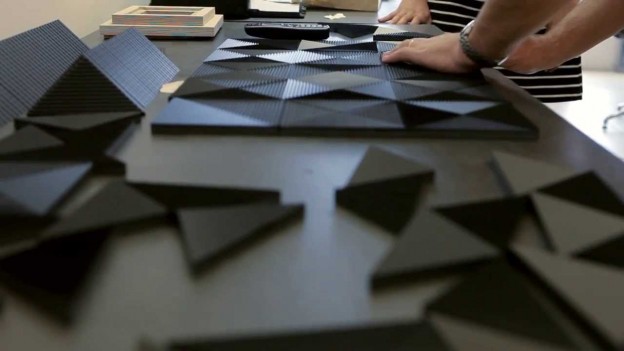
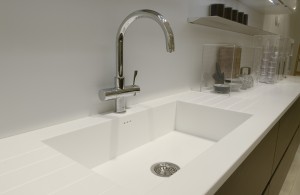

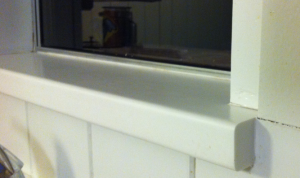
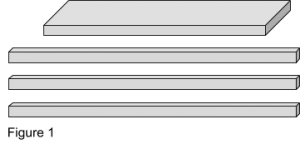
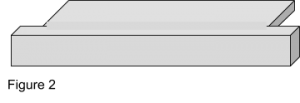
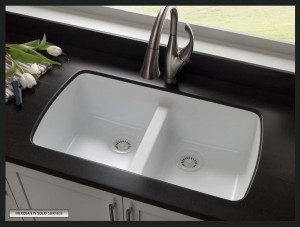
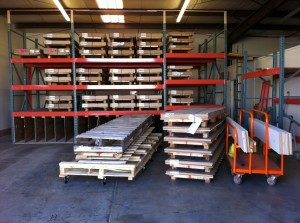 Qualified professionals often purchase material through certified distributors. Each distributor typically represents one or more manufacturer’s brands. Teaming with a local distributor is a great way to go if that’s an option in your area.
Qualified professionals often purchase material through certified distributors. Each distributor typically represents one or more manufacturer’s brands. Teaming with a local distributor is a great way to go if that’s an option in your area.